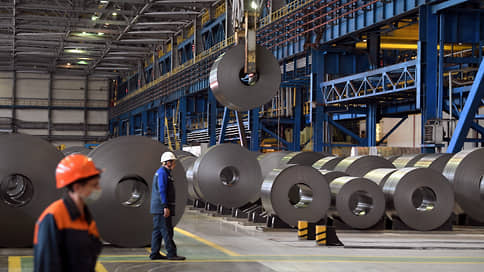Finnmark loses the possibilities, Equinor gets the power – we export CO2 emissions and import vulnerability
Melkøya requires almost 400 MW of continuous power. To deliver it with wind, one must build just under 200 large turbines in some of our most vulnerable natural areas. With an intended capacity factor of around 35 per cent, this gives about 500 MW on average. Just enough, with a little margin, to electrify Melkøya.
But it assumes that the wind blows evenly. That the power lines are stable. And that no one else needs power from the same line. But when does it happen? When the wind fails, other power must be available. It’s called balance power. It must be in place when needed, not just on paper. It is not in this case.
However, let’s assume that the desk theory is correct. In practice, Melkøya will use the entire capacity in the 420 kv line. There will be no power for new business or establishment of jobs in the county. For example, in Kirkenes. The whole of Finnmark is tied up to one industry. To one accounting gain for Equinor.
What is the big picture? Is there a state that lets oil gains go before people, nature and reason?
We electrify fossil gas production to decorate our own climate accounts. At the same time, we continue to export emissions globally. It solves nothing. It just moves the problem.
When Equinor releases less CO₂ on Melkøya, they get to spare emission quotas. These can be sold. Those who buy quotas can then release as much as Equinor « saves » here at home. Another giant paradox.
We build down nature and push concrete in where the grouse family grazes. To provide Equinor cheap power. Instead of using it to build communities, communities and future in the north. At the same time, Europe is in the energy crisis. What if Norway’s adjustable hydropower could have been sold at NOK 2–4 per kWh abroad? Or used to create jobs here at home? Instead, we give it away cheap. And is building new nature interventions to meet a power requirement we have created ourselves.
But there is another way. We can produce electricity with gas power plants here at home. With carbon capture and storage. The technology exists. Emissions can be cut by over 90 percent. The rest can be covered with CO₂ tax.
Melkøya will still have power. But it will then happen in a way that does not block all Finnmark’s possibilities.
At the same time, hydropower can be used strategically. To industry. To export. For emergency preparedness. Where needed for the community. This provides real emission cuts. Not green cosmetics.
It provides value creation across the country.
And it gives a climate policy that is actually related to reality. Not just with an Excel sheet in a nice office building at Fornebu.
The electrification of Melkøya is not a climate solution. It is a cosmetic intervention in a system that needs heart surgery.
We must dare to ask questions: What do we build for? Who controls the resources? What society do we really want?
In search of looking greener, without being, we are in danger of losing both nature, power and direction.



